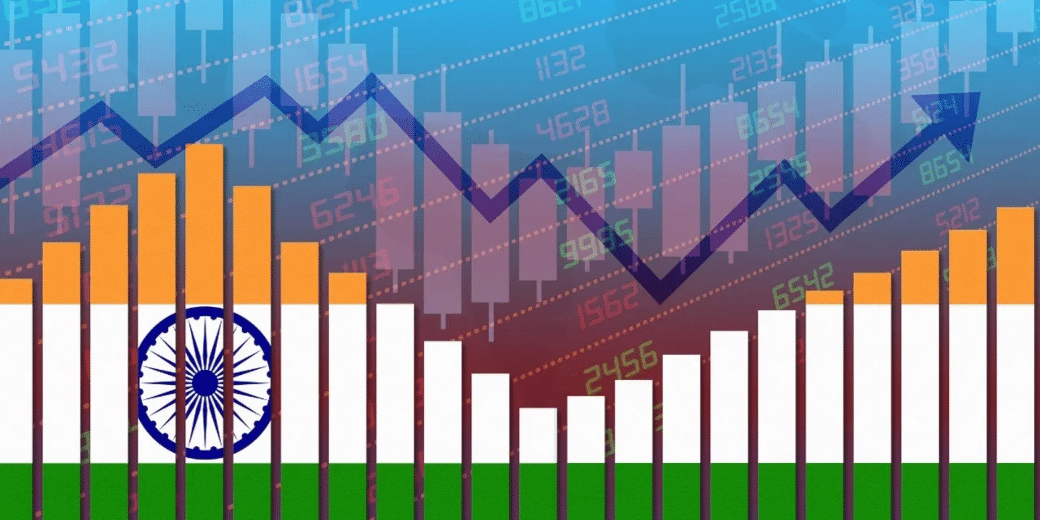Purging fake beneficiaries saves govt Rs 3.35 lakh crore in 7 years
A study by department of expenditure shows that between 2017-18 and 2023-24, as much as Rs 3.35 lakh crore could be saved by filtering out non-bonafide beneficiaries from food security, rural employment and fuel subsidy schemes

In the interim budget for FY25, the Centre allocated Rs 90,658 crore on healthcare. The allocation for school education stands at 73,008 crore and that for agriculture at Rs 1,17,528 crore. The cumulative allocation for these three crucial sectors for the country stands at Rs 2.81 lakh crore – way below the savings of Rs 3.35 lakh crore that the Centre made simply by weeding out fake beneficiaries of the government’s social welfare schemes since 2017-18.
What’s even more interesting is that technology can be brought to play a bigger role in the weeding out exercise than the significant role it has already played in the cleansing exercise.
A recent presentation by the department of expenditure has, according to a report by The Economic Times, shown that between 2017-18 and 2023-24, as much as Rs 3.35 lakh crore could be saved by filtering out non-bonafide beneficiaries from food security, rural employment and fuel subsidy schemes.
According to the report, the department scanned and struck off as many as 5.01 crore fake public distribution system cards (better known as ration cards), 4.13 crore beneficiaries of the LPG subsidy scheme, 0.07 crore fakes from Mahatma Gandhi National Rural Employment Guarantee Scheme (MGNREGS) rolls and 1.73 crore beneficiaries from the PM Kisan scheme.
“The amount will be much higher, if we take into account savings over the last 10 years,” a bureaucrat told the newspaper, adding that about Rs 30,000 crore was saved in 2023-24 alone.
To step up the purge, the Centre is collaborating with state governments and technology could play a greater role in this endeavour. A special drive was undertaken in May 2023 to spot leakages in the fertiliser subsidy.
The step consisted in the Centre setting up teams to check diversion of fertilisers for industrial use and in it resulted in the squads registering more than 50 FIRs and seizing one lakh bags of agrochemicals. Several arrests were also made under the Prevention of Black Marketing and Maintenance of Supplies Act.
However, the job is not yet complete. The central and state governments have directed their focus on the beneficiary list under the PM Kisan scheme to weed out duplicate or fake beneficiaries. Bureaucrats revealed that as a result of this drive, direct benefit transfer amount in 2023-24 declined by 20% compared to the figure in 2022-23.
“There is a 20.75% decline in the direct benefit transfer (DBT) in FY24 to Rs 5.65 lakh crore in terms of subsidy and benefit transfers. While falling commodity prices and discontinuation of extra free grains scheme also contributed to the savings, plugging of leakages was also a factor,” the official said.
A reduction of 33% in subsidies to PDS beneficiaries was also recorded in 2023-24. The eventual bill came to Rs 1.27 lakh crore.
The report stated that the Union government has transferred Rs 35.5 lakh crore to all the beneficiaries since 2014.